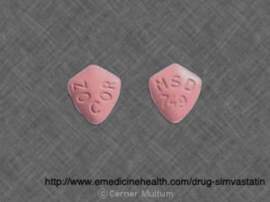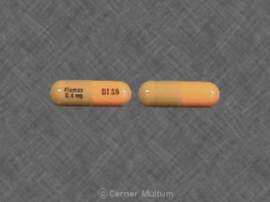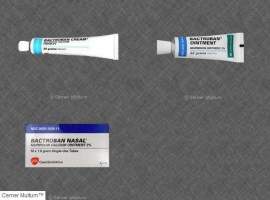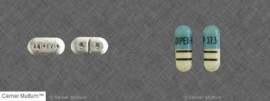
Zometa Lawsuit
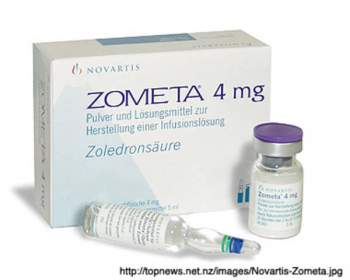
What is Zometa?
Zometa, also known as the Zoledronic Acid Injection, is administered to prevent or treat osteoporosis (a medical condition where bones become weak and thin leading to easy breaks) in women who have undergone menopause. Zometa may also be administered to treat osteoporosis in men and to prevent or treat the disease in both men and women who are taking corticosteroid medications. In addition to these uses, Zometa may be applied for a number of other reasons including:
balance levels of calcium in the blood; used in conjunction with chemotherapy to treat bone damage; and impede the spread of cancer.
Zometa belongs to a class of medications called bisphosphonates. Zometa is effective by slowing bone breakdown, decreasing the amount of calcium released from bones into the blood and increasing bone density.
Zometa Side Effects:
Zometa may cause a number of side effects. Please tell your healthcare provider and/or doctor if any Zometa side effects are persistent or severe:
• Zometa side effects include redness, pain, itching or swelling the place where you received the injection
• Zometa side effects include stomach pain, loss of appetite, weight loss, diarrhea, nausea, vomiting and constipation
• Red, itchy, swollen or teary eyes or swelling of the eyes is a common Zometa side effect
• Mouth sores, depression, agitation and excessive worry are commonly attributed to Zometa
Difficulty falling or staying asleep is a common Zometa side effect
• Chills, fever, cough and other signs of infection are common Zometa side effects
• Swelling, redness, burning or itching of the vagina is a common Zometa side effect
• White patches in the mouth may form from Zometa administration
• Tingling around the mouth or in toes/fingers are common Zometa side effects
• Hair loss is a reported Zometa side effect
Some Zometa side effects are regarded as more serious. If you experience the below Zometa side effects, please contact your doctor:
• Rash, hives and itching are all regarded as severe Zometa side effects
• Hoarseness is regarded as a sever e Zometa side effect
• Swelling of the face, lips, tongue, hands, arms, feet, ankles or lower legs are classified as serious Zometa side effects
• Upper chest pain, irregular heartbeats and painful or swollen gums are classified as dangerous Zometa side effects
• Loosening of the teeth is a serious Zometa side effect
• Heavy or numb feeling in the jaw is a serious Zometa side effect
• Sores in the mouth or the jaw that do not heal are Zometa side effects
In addition to these Zometa side effects, Zometa has been linked to jaw bone death, a condition known as osteonecrosis of the jaw. Even though this deadly medical condition is a rare Zometa side effect, the reaction is extremely painful and cannot be fixed. Moreover, of the estimated 3,000 cases of ONJ, the bulk of these instances have been reported as a side effect of intravenous bisphosphonates like Zometa.
Thus far, several class action Zometa lawsuits have been filed against Novartis, the maker of Zometa. Zometa lawsuits are filed by patients who suffer severe adverse reactions as a result of Zometa use. Patients injured by these reactions may be entitled to Zometa settlements for their injuries and all associated expenses related to Zometa side effects.
Zometa Lawsuits:
There are currently 550 Zometa lawsuits pending in state and federal courts. Recently, these pending Zometa lawsuits got a significant boost when a Montana jury awarded over $3.2 million to a woman who developed Osteonecrosis of the Jaw as a result of taking Zometa. The bulk of Zometa lawsuits are filed for this side effect, which was severely underreported by Novartis Pharmaceuticals—the drug’s manufacturer.
The victim of this Zometa lawsuit quickly developed ONJ, which occurs from a disruption in the vascular supply to the affected area of the bone. Once this occurs, patients face an increased risk of having their teeth fall out and die. ONJ patients face extreme pain and unfortunately the disease is not curable.
To offset her medical bills and to compensate for the pain and suffering she endured, Stevens filed a product liability Zometa lawsuit against Novartis. Stevens’ attorney was able to successfully prove that the manufacturer knew about Zometa’s deadly side effects, but failed to adequately warn consumers about said injuries. The jury of the Zometa lawsuit, as a Zometa settlement, awarded Stevens $3.2 million in damages--$822,000 were provided in the Zometa settlement as lost income and the rest of Zometa settlement was comprised of pain and suffering.
The other 550 Zometa lawsuits are currently pending in New Jersey state court and in multidistrict litigation in a Tennessee federal court. The first Zometa lawsuits are scheduled to enter trial in the summer of 2012; however, Zometa lawyers claim that since a jury has found Novartis liable, it is likely that the drug maker will be more amendable to settling their Zometa lawsuits.
Update Zometa Lawsuits:
Since 2010, Novartis has been on the winning and losing end of Zometa lawsuits. In some cases, the court has awarded Zometa settlements to plaintiffs suffering from the jaw disease, while siding with the manufacturer in other Zometa lawsuits. If a Zometa settlement is not awarded, the court is essentially saying that a connection between the jaw disease and Zometa use was not adequately affirmed—the court does not find Novartis liable for the development of the disease. Currently, there are hundreds of pending Zometa lawsuits and it is difficult to predict how many of these filings will be successful.
Regardless of success, if you develop the jaw disease or suffer from a related side effect, it is essential that you hire a medical malpractice lawyer, a drug attorney or a personal injury specialist to evaluate your ability to file Zometa lawsuits..
Sources:
1.The United States National Library of Medicine “Zoledronic Acid injection” retrieved from:
http://www.ncbi.nlm.nih.gov/pubmedhealth/PMH0000306
2.United States Food and Drug Administration “Zometa, Aredia” retrieved from:
http://www.fda.gov/Safety/MedWatch/SafetyInformation/SafetyAlertsforHumanMedicalProducts/ucm152862.htm
3.http://www.fda.gov/ohrms/dockets/ac/02/briefing/3827b1_01_novartis.pdf
4.http://www.fda.gov/ohrms/dockets/ac/02/briefing/3827b1_02_novartis-newAppendix%203.htm




